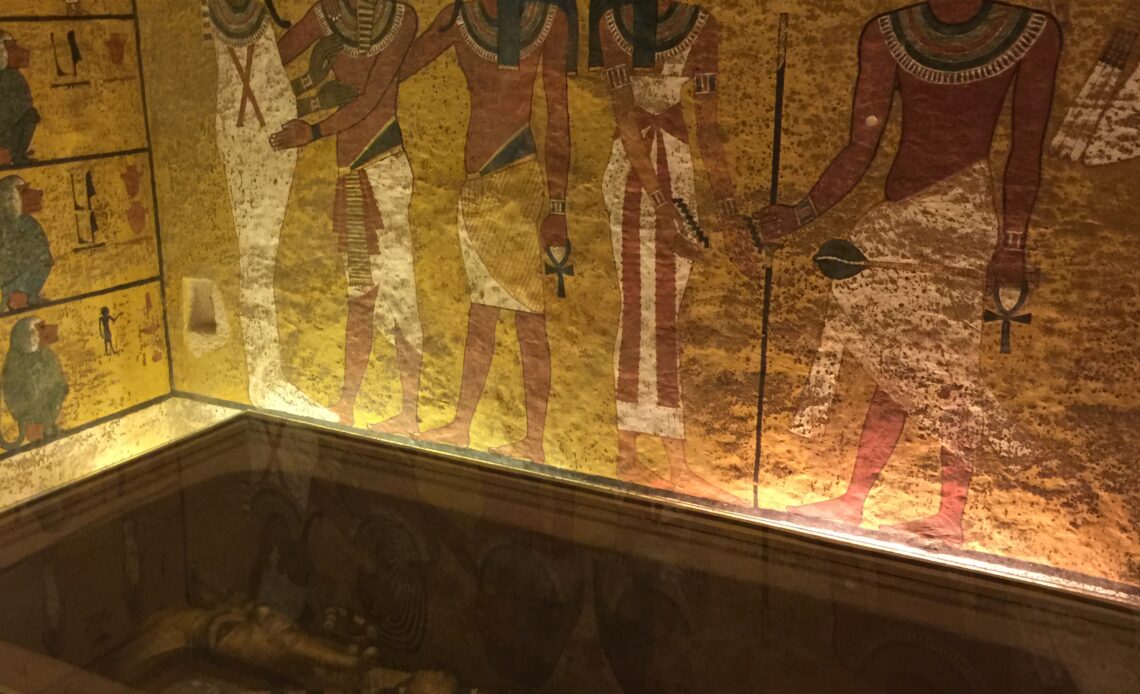
In the ancient world, many cultures invoked different forms of magic to protect their dead from those still in the physical world.
In ancient Egypt, this included placing a curse on the mummy. One of the most famous instances of this was the curse placed on King Tutankhamun’s mummy and the events that followed the opening of his tomb.
In ancient Egypt, families would have curses inscribed upon the mummified corpse of their loved one to prevent thieves from stealing the clothing, jewellery, and goods stored on and with the body to ensure safe passage to the afterlife. These curses were generally not specific; they were directed at anyone who disturbed the body. Notably, these curses are almost never seen on the tomb; they seem to be largely limited to the body itself. However, the curse of the pharaohs has a significant place in nineteenth and twentieth-century Egyptology.
In 1922, Lord Carnarvon financed archaeologist Howard Carter’s expedition in the Valley of the Kings. Though the project was only meant to focus on clearing debris, Carter’s team actually ended up discovering Tutankhamun’s tomb. The tomb was opened, the contents were catalogued and removed for transportation to Cairo, and work continued for several years. Unfortunately, strange occurrences began shortly after the tomb was opened.
For Lord Carnarvon, less than six months after the tomb had been opened, he was bitten by a mosquito carrying malaria and accidentally cut the bite when shaving. At the time, his death was attributed to the “curse of the pharaohs.”
George Jay Gould I visited the tomb while it was open and died while travelling on the French Riviera in May 1923.
Two members of Carter’s staff died following the tomb opening: A.C. Mace, an excavator, died in April 1928, and Captain The Hon. Richard Bethell, his secretary, died in November 1929. Although there are explanations for their deaths, the Egyptology-crazed west blamed the curse.
Carter himself did not die until March 1939, but at the time, many attributed his death to the curse, as well.
Tutankhamun was the third-last pharaoh of the Eighteenth Dynasty. He was born roughly around 1341 BCE and ruled from approximately age nine to nineteen. Analysis of his mummy shows several possible health issues, including malaria, that could have contributed to his death. During his reign, he reinstated polytheistic religious worship. Since the opening of his tomb, King Tut is primarily remembered for his opulent tomb.
Queen Mathilde of Belgium and Princess Elisabeth, The Duchess of Brabant, are currently visiting Egypt. A century ago, Queen Elisabeth of Belgium spent significant time in Egypt and is credited with Egyptology’s popularity in Belgium.
Mathilde and Elisabeth’s trip will feature several places that Queen Elisabeth herself visited and open an exhibition celebrating the Belgian Queen and Belgian Egyptology.

